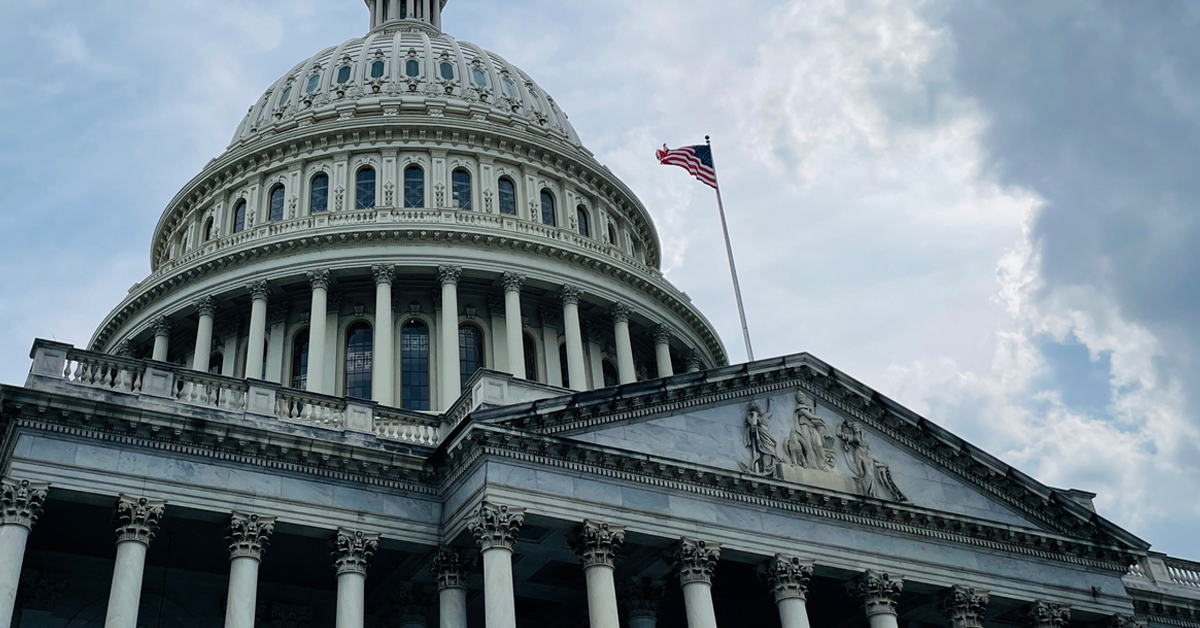While a temporary agreement has been reached between President Biden and Kevin McCarthy to lift the US debt ceiling, allowing the government to pay its bills, the potential fallout on supply chains remains a major concern. This agreement comes after a fierce political battle, with significant implications for various segments of the economy and, consequently, supply chains, regardless of the outcome.
Inventory management has become a nightmare for many retailers and e-commerce businesses in this chaotic post-pandemic supply chain. With borrowing becoming more expensive after numerous rate hikes, uncertainty from the debt ceiling battle and its impact on interest rates. Inventory is expensive to keep on the shelves – the most expensive it has been in decades – and as a result, proper inventory management is more important than ever. Nassim Taleb is quoted as saying, “I’ve never seen a shortage not followed by a glut”, and as many retailers sit in that world of glut, the risk to credit line rates and general uncertainty from a default becomes much more terrifying as the battle drags on.
On a more tactical level, a deal may also involve clawing back unused Covid-19 relief funds, including funding set aside for vaccine research and disaster relief, estimated between $50bn and $70bn. The implications of this are twofold. For one, it could lead to a reduction in demand for goods and services associated with these areas, thereby relieving pressure on certain healthcare supply chains. However, it could also mean a reduction in the resilience of these sectors to potential disruptions, making them more susceptible to future supply chain shocks.
Additionally, the deal could potentially increase defense spending to about $885bn, up from the $800bn allocated in the current budget. This move might increase the demand for certain goods and services related to defense, putting additional pressure on those specific supply chains.
Now, let’s consider the scenario of a potential US default. The fallout from a full default is largely unknown and potentially catastrophic, but it’s important to consider how this could impact global supply chains. A US default could lead to global economic distress and financial market chaos as the most risk-free asset in the global market suddenly fails. This could result in a large-scale rearrangement of global trade and potentially pull the rest of the world into recession.
The immediate impact on supply chains would likely be significant. A default could trigger a crisis of confidence leading to a tightening of credit markets. With less credit available, companies might struggle to finance their operations, leading to potential disruptions in supply chains. Moreover, a default might also lead to a devaluation of the US dollar, which could lead to increased costs for companies importing goods into the US, again causing potential supply chain disruptions.
Furthermore, the default could lead to increased volatility in commodity prices, affecting supply chains, particularly those dependent on these commodities. For instance, a spike in oil prices could increase transportation costs, thereby impacting logistics and distribution networks, destroying margins in an already tight market, and risking tens of thousands of jobs.
While the agreement to lift the debt ceiling has temporarily averted a potential crisis, the threat of a default and the subsequent impact on supply chains is far from over. Companies should, therefore, closely monitor the situation and develop contingency plans to mitigate potential disruptions to their supply chains.








